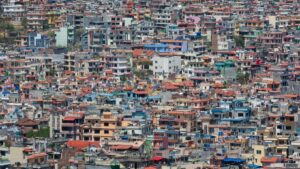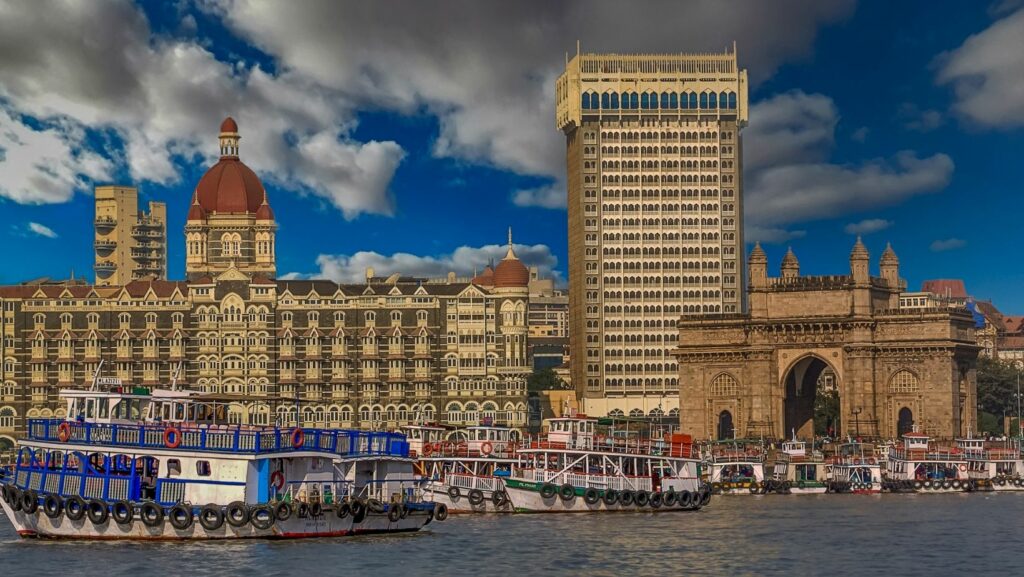In a world that’s constantly evolving, cities are growing at an unprecedented rate, becoming bustling hubs of culture, commerce, and innovation. As we step into 2024, the landscape of urban population has shifted, with some cities expanding faster than ever before. Understanding which cities now hold the title of the largest by population offers a fascinating glimpse into global trends and future projections.
Overview of Global Urbanization
Urbanization continues shaping the world, with large cities growing both in number and size. This creates a dynamic global landscape.
Significance of Studying Large Cities
 Studying large cities provides insights into economic growth, infrastructure development, and social dynamics. Researchers can assess how urbanization impacts resources allocation. Policymakers use this information to make informed decisions on housing, transportation, and sustainability. For instance, Tokyo and New York City offer essential lessons in managing vast populations effectively.
Studying large cities provides insights into economic growth, infrastructure development, and social dynamics. Researchers can assess how urbanization impacts resources allocation. Policymakers use this information to make informed decisions on housing, transportation, and sustainability. For instance, Tokyo and New York City offer essential lessons in managing vast populations effectively.
Trends Shaping City Populations
Several trends impact city populations globally. Migration patterns show an increasing move from rural to urban areas, driven by job opportunities. Rising birth rates in regions like Africa lead to faster urban population growth. Technological advancements improve city infrastructure, making them more livable. Examples include smart city initiatives in Singapore.
Criteria for Ranking the Largest Cities
To rank the largest cities by population in 2024, specific criteria must be met to ensure accuracy and consistency.
Measuring Population
 Governments and organizations like the United Nations collect population data through censuses and surveys. These data-gathering methods include the number of residents living in a city, but they also consider metro area populations for a comprehensive view. Accurate population measurement involves consistent data collection methods, ensuring comparability across different cities.
Governments and organizations like the United Nations collect population data through censuses and surveys. These data-gathering methods include the number of residents living in a city, but they also consider metro area populations for a comprehensive view. Accurate population measurement involves consistent data collection methods, ensuring comparability across different cities.
Accurately counting city populations faces challenges including migration and undocumented residents. Migration, especially in urbanizing regions, leads to fluctuating population numbers, complicating census efforts. Undocumented residents, who evade or miss official counts, further skew data. Addressing these challenges requires robust data collection infrastructure and methodologies.
Top 10 Largest Cities in the World 2024 by Population
1. Tokyo, Japan
Tokyo remains the largest city by population, with an estimated 37.4 million residents. The city’s efficient public transportation and economic diversity contribute to its high population density.
2. Delhi, India
Delhi follows closely with 31 million people. The city’s rapid urbanization and economic opportunities attract migrants from across the country.
3. Shanghai, China
Shanghai, with a population of 28.8 million, stands as China’s most populous city. Its port facilities and financial hubs play a significant role in sustaining its large population.
4. São Paulo, Brazil
São Paulo hosts 22.5 million residents, making it the largest city in the Southern Hemisphere. It serves as Brazil’s economic powerhouse, attracting people for employment and business opportunities.
5. Mexico City, Mexico
Mexico City supports 21.6 million people. The city is the cultural and economic heart of Mexico, contributing to its large and growing population.
6. Cairo, Egypt
Cairo, with a population of 21.3 million, is Africa’s largest city. Its historical significance and economic activities draw people from various regions of the continent.
7. Dhaka, Bangladesh
Dhaka’s population reaches 21 million. The capital city’s rapid urban sprawl and concentrated economic activities make it one of the fastest-growing cities in the world.
8. Mumbai, India
Mumbai houses 20.7 million residents. Known as India’s financial and entertainment hub, the city attracts diverse populations for numerous opportunities.
9. Beijing, China
Beijing, with 20.4 million people, is China’s political and cultural center. The city’s importance in governance and its historical landmarks add to its population growth.
10. Osaka, Japan
Osaka’s population stands at 20.1 million. The city’s economic activities and its role as a commercial hub in Japan contribute to its steady population increase.
Challenges Faced by Mega-Cities
 Mega-cities around the world face numerous challenges as they continue to grow. Rapid urbanization often leads to overcrowded living conditions, strained infrastructure, and increased pollution. These cities must also address issues like affordable housing, efficient transportation systems, and sustainable resource management.
Mega-cities around the world face numerous challenges as they continue to grow. Rapid urbanization often leads to overcrowded living conditions, strained infrastructure, and increased pollution. These cities must also address issues like affordable housing, efficient transportation systems, and sustainable resource management.
Moreover, the social fabric of these urban giants is constantly evolving. Balancing economic growth with social equity is crucial for maintaining harmony. Policymakers need to implement innovative solutions to ensure these cities remain livable and resilient.


